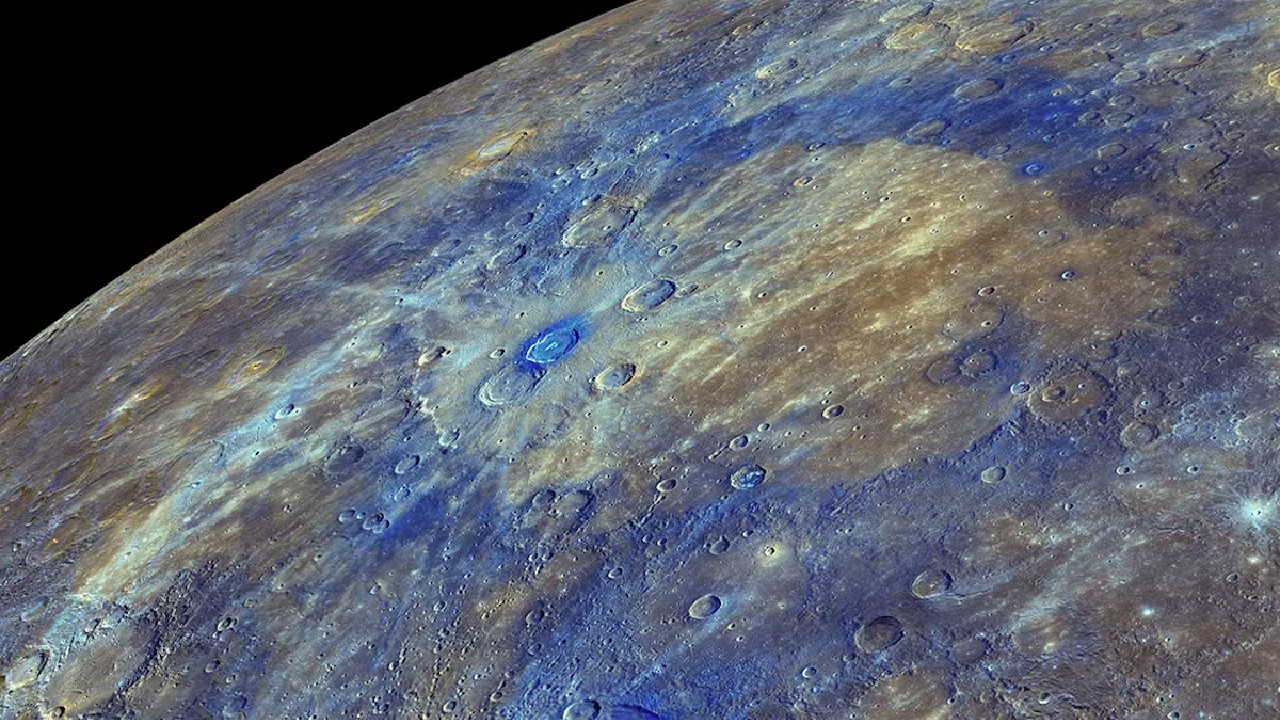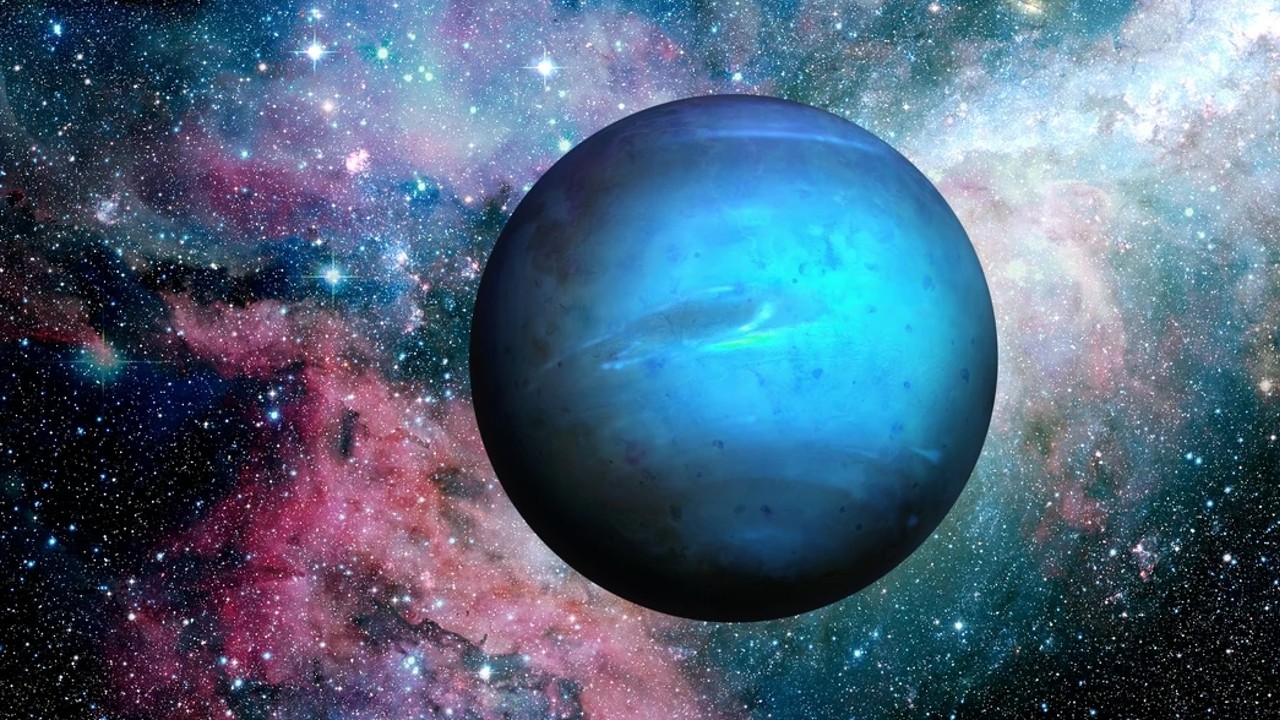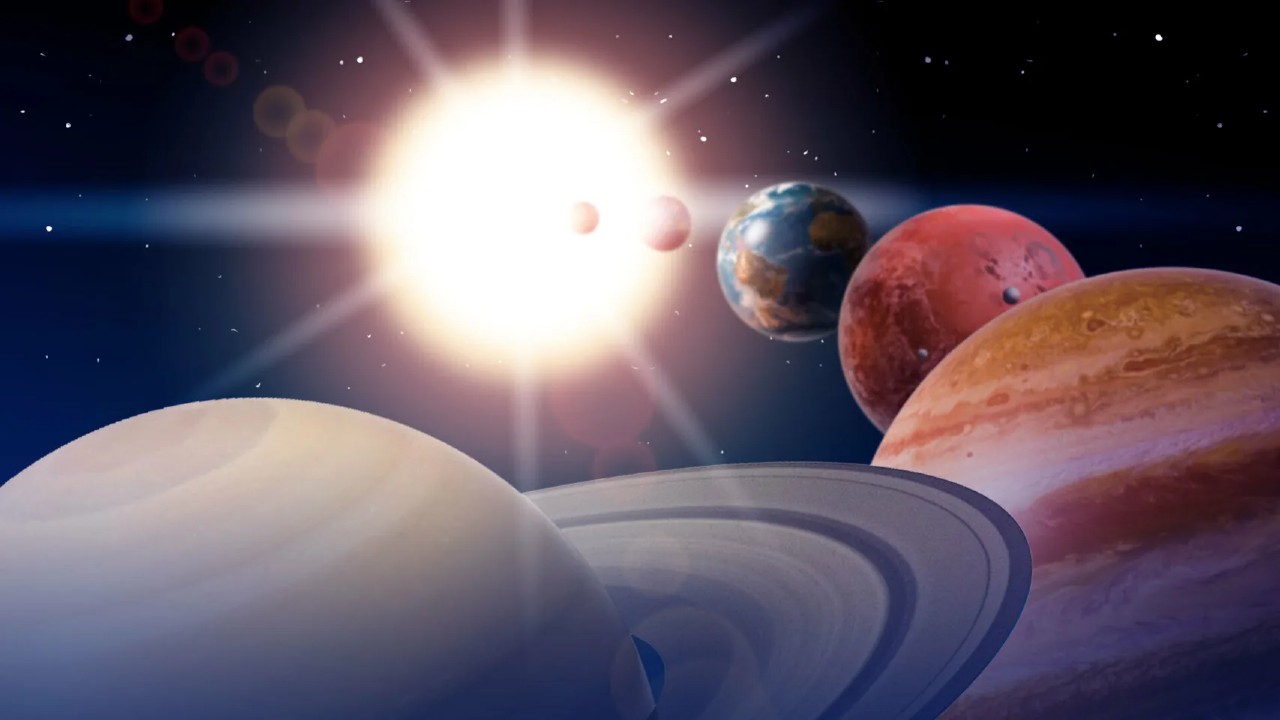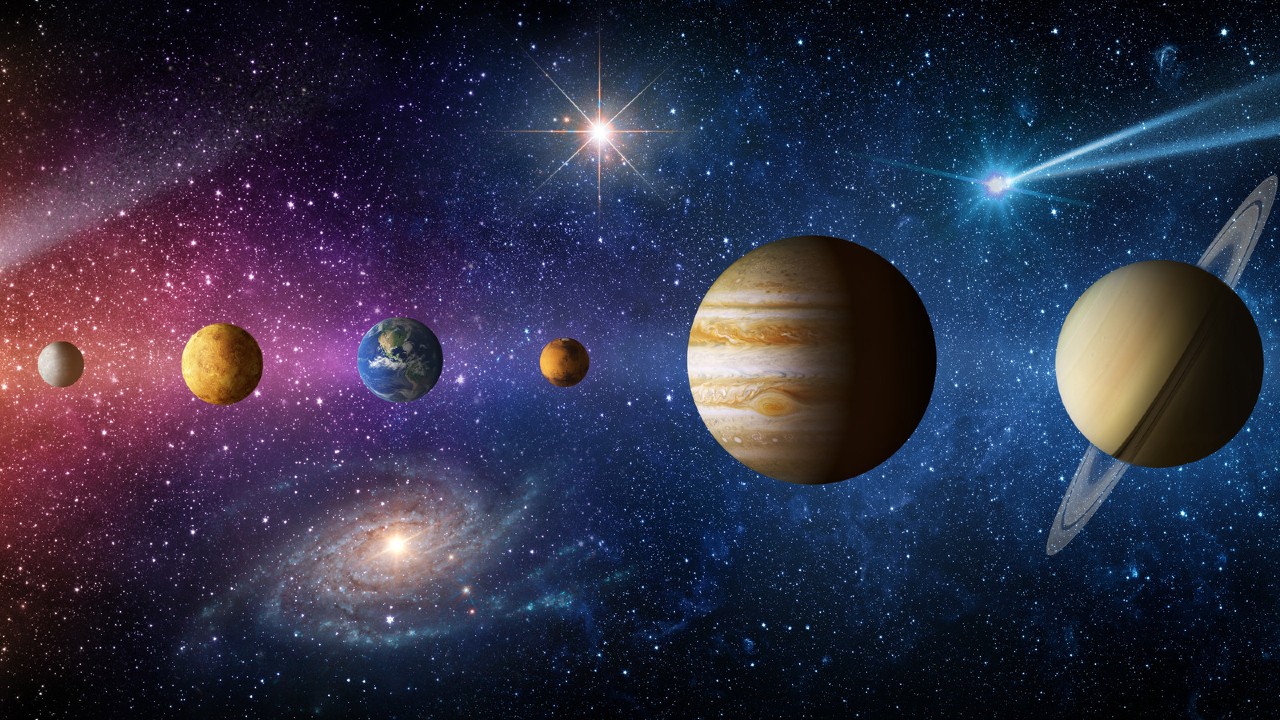All planets in the Solar System have different and interesting features. We know a lot about some of them, and very limited information about others. Today, ‘Which planet is closest to the Sun?’ We tried to answer the question in detail.
UniverseFor centuries, people have done countless studies. Mesopotamian civilizations, especially the Greeks, Mayans, Incas, and Aztecs solar system He has done important work on the Today, it is accepted that there are eight planets of different sizes and positions in the Solar System.
The four planets closest to the Sun, Mercury, Venus, Earth and Mars, are often ‘terrestrial planets‘ is called. Planets such as Jupiter, Saturn, Uranus and Neptune are ‘large’ compared to terrestrial planets.Jovian planets‘ is called. Let’s all take a closer look at these planets andWhich planet is closest to the sun?Let’s move on to our article where we answer questions such as ‘.
Which planet is closest to the sun?
Mercury, is the closest planet to the Sun in terms of average distances. At a distance of about 58 million km (0.39 AU) from the Sun, the planet is still in the Solar System. the hottest It’s not a planet. Venus holds this title. Mercury, the smallest of the eight planets, 2,440 km radius has. It is slightly larger than the Moon and smaller than Ganymede, one of Jupiter’s moons.
Its atmosphere is mostly composed of oxygen, sodium, hydrogen, helium and potassium. It is not known exactly when the planet was first discovered, but it was first observed with telescopes in the 17th century by astronomers Galileo Galilei and Thomas Harriot.
Let’s examine Mercury’s properties:

- It is the closest planet to the sun
- It is the smallest planet in the Solar System
- Due to the cooling of the iron core, it is getting smaller day by day
- The planet with the most craters in the Solar System
- orbits the Sun faster than any other planet
- Mercury is named after the Roman god of commerce.
- One day on Mercury equals 59 days on Earth
- It has no satellites
- There are enormous temperature differences between night and day
One of the most interesting planets in the Solar System. Mercurydraws attention with its features. In addition to being the closest planet to the Sun, it is in the Solar System. smallest is the planet. The Romans named it after Mercury, their god of commerce and communication, because it seemed to move faster than other planets. A year on Mercury, which rotates much faster than other planets, is only 88 Earth days.
Due to its small size, low gravity and proximity to the Sun, it has no moons. Due to its rather weak atmosphere, the surface temperature of Mercury can reach 427 °C during the day, while it can drop to -173 °C at night. Continuing to shrink very slowly, the planet is about 4 billion years old compared to four billion years ago. 14.48 km smaller is presumed to be. Astronomers believe this is due to the cooling of its iron core.
So which planet is the farthest from the Sun?

Neptune is the farthest planet from the Sun, at about 4.5 billion km. According to NASA data Neptune, more than 17 times the mass of the Earth and about 58 times the volume of the Earth. Galileo Galilei, one of the most important astronomers in history, Neptune He was one of the first humans to describe it as a space body, but thought it was a star due to its slow motion.
invisible to the naked eye due to its distance from the Sun. Neptune, so far only viewed by the Voyager 2 spacecraft. Neptune about 4400 km Observing from afar, the spacecraft gathered information about Neptune’s magnetic field, atmosphere and several of its moons. He also discovered the growing Great Dark Spot above Neptune.
Ranking of the planets in the Solar System in order of their proximity to the Sun:

- Mercury
- Venus
- World
- Anthem
- Jupiter
- Saturn
- Uranus
- Neptune
As we mentioned above Mercuryabout 58 million kilometers from the Sun furthest is the planet. This minor planet has the thinnest atmosphere of any planet, as it is very close to the Sun. Located at an average distance of 108 million kilometers from the Sun Venusis the second closest planet. Earth is the third closest planet to the Sun at 149.60 million kilometers.
In recent years, it has been the subject of many studies Anthem It is the fourth closest planet at 228 million km. However, since it is so far from the Goldilock Zone (Have Zone), it is predicted that life cannot develop like on Earth. It is the fifth closest planet from the Sun at 778 million km. Jupiter, indirectly, it has some protection against asteroids for seven planets, including Earth. Located 1.4 billion km from the Sun Saturnis the sixth closest planet. Immediately after, with 2.9 billion km Uranus is coming. Located at a distance of 2.8 billion from the Sun NeptuneIt is the farthest and coldest planet in the Solar System.
So how are all these measurements made?

‘ to define the average distance between a planet and the Sun.Astronomical Unit’ used. This distance is approximately 150 million kilometers is approximately equal to 499 light seconds (the distance light travels in 499 seconds in vacuum). The distance from the Earth to the Sun is 1 EU is accepted as
planets in the solar system distance from the sunIt is constantly changing, as it depends on the orbits they follow and their gravitational pull. That is, these distances are determined according to the averages. Today, various techniques and mathematical methods are used to measure these distances.
RELATED NEWS
